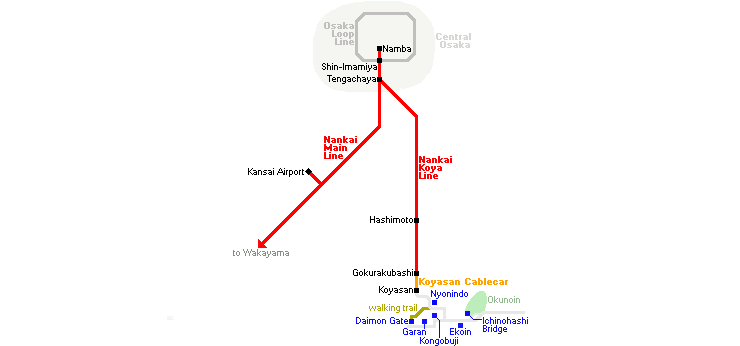Temple and trail hopping on majestic Mount Koya
Regarded as among the most sacred locations in all of Japan, Mount Koya stands stoically on the Kii Peninsula to the south of Osaka as the center of Japanese Shingon Buddhism. Not only does this mountain boast stunning natural beauty, but the secluded hilltop temple town makes for a charming escape from the hustle and bustle of the city, and also one of the best places in the country to experience an overnight temple stay.
Mount Koya is easily reachable from central Osaka via Nankai Railway in around 90 minutes, making it an ideal side trip for those staying in and around the big city. With all this in mind, I was eager to get reporting for this final installment of the Kansai By Rail series, to discover what a side trip from Osaka to perhaps the most revered of all of Kansai's sacred mountains can offer visitors.
Day 1
Beginning the day at Namba Station, I boarded an express train on the Nankai Koya Line and eventually arrived at Gokurakubashi Station, from where I'd take the Koyasan Cablecar to the summit of the mountain. I took in the verdant views from the cable car during its tree-flanked ascent of the mountain, and then boarded a local bus at the summit, that would take me to the heart of the hilltop town.


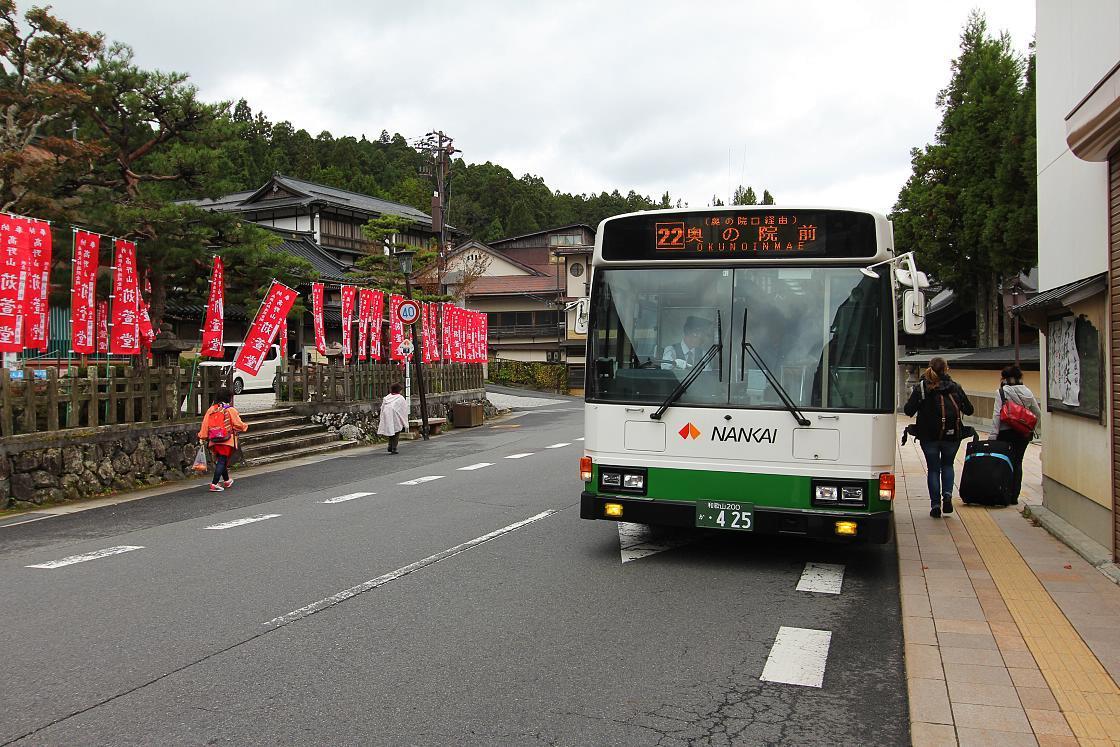
I alighted the bus at Karukayado-mae bus stop and then made the short walk to what was to be the first stop on my tour of these sacred surroundings, Okunoin. This atmospheric and mysterious complex contains over 200,000 grave sites, making it the largest cemetery in all of Japan.
The most famous of those represented within this huge cemetery is Kobo Daishi, the exalted monk and founder of Shingon Buddhism, who rests in eternal meditation at the rear of the complex in a special mausoleum. It is in order to be close to him that so many others wish to rest at Okunoin.
I began the approximately two kilometer walk from Okunoin's entrance at the Ichinohashi Bridge to the inner precincts where Kobo Daishi rests. Along the way I admired the rows upon rows of moss-covered graves, and took in the ethereal atmosphere accentuated by the seemingly perpetual mist that hangs in the air below the canopy of myriad cedar trees lining the stone-paved path.
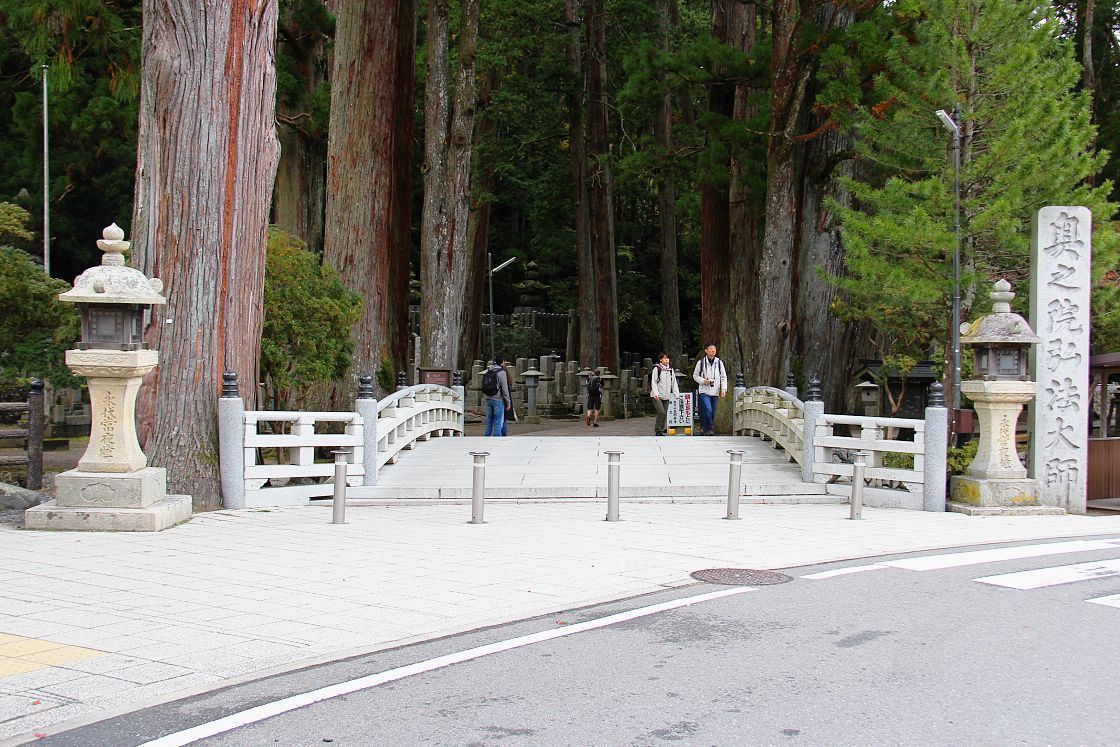

I finally reached the Gobyobashi Bridge, which leads to the sacred part of the complex where Kobo Daishi rests. Beyond this point, no photography of any kind is permitted, so I turned my cameras off before continuing.
I wandered around the vicinity of Kobo Daishi's mausoleum, and felt a real spiritual connection to the place, no doubt facilitated by the intoxicating aroma of incense and seemingly perpetual, droning prayer chants from the mouths of unseen monks. I eventually made my way out of the inner area and back through the cemetery towards the town, thoroughly impressed with what I'd seen on my exploration of this mountain so far.
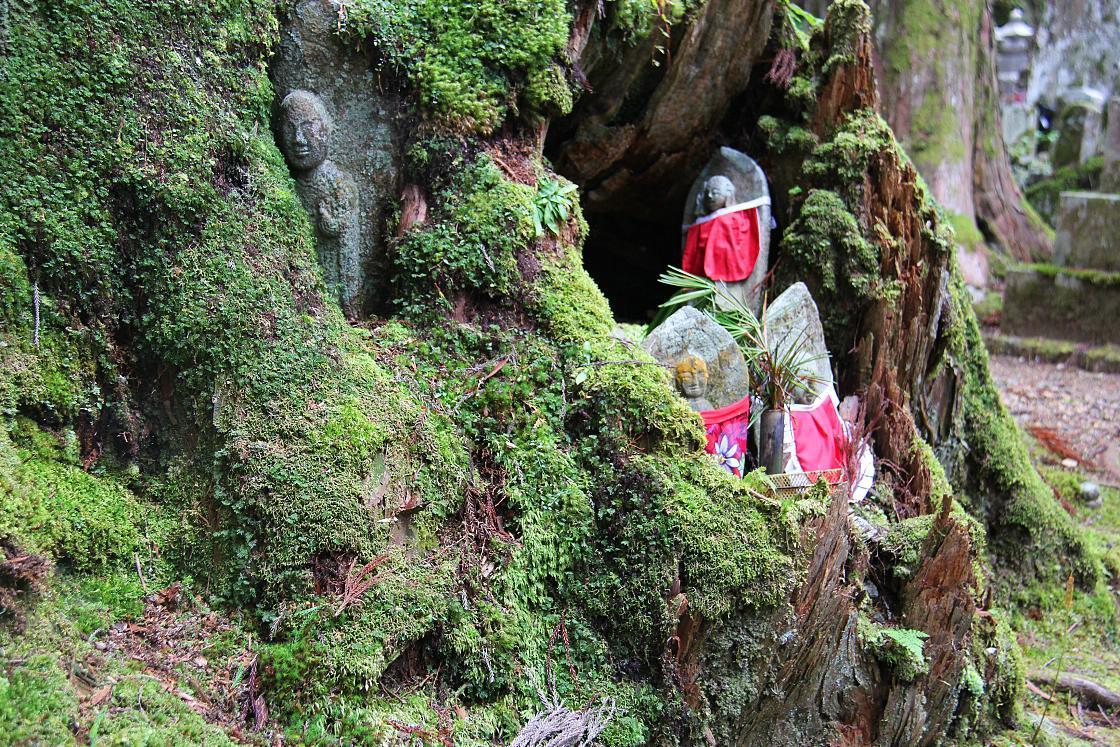
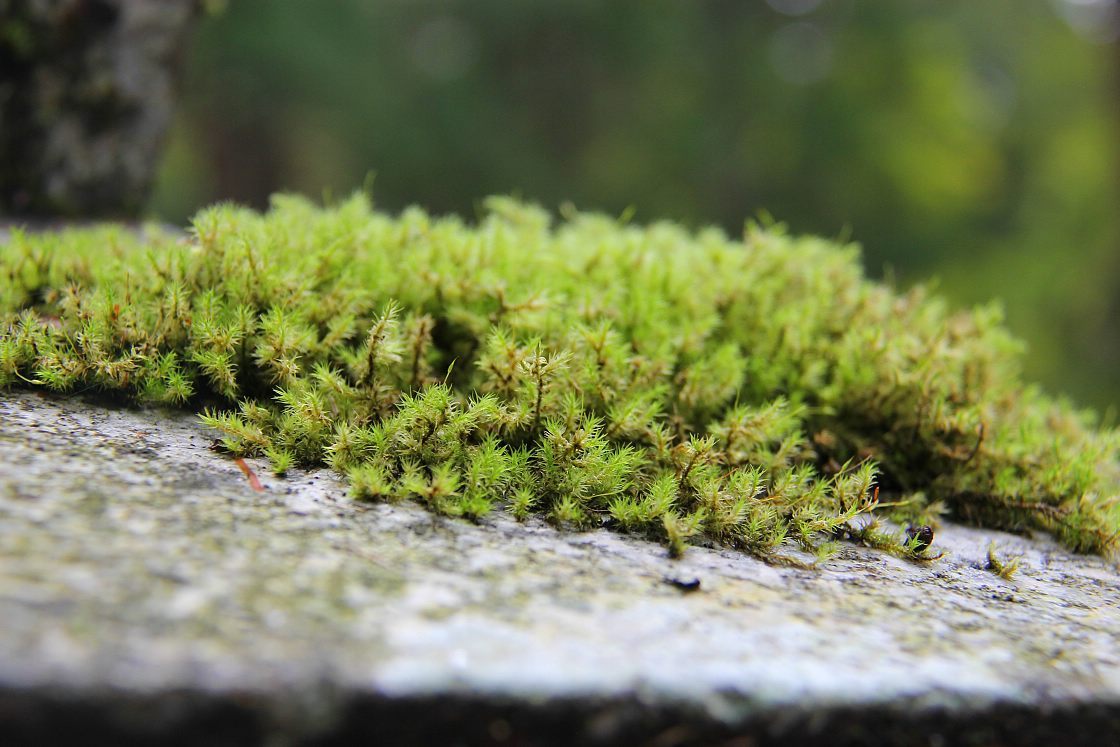
It was late afternoon by the time I got back into town, so I made my way to my accommodation for the night at Ekoin Temple. This temple, located just a short walk from Ichinohashi Bridge, is one of many around the town at which travelers can enjoy a Japanese temple stay. As part of this experience, visitors not only get meals and a bed for the night in traditional temple surroundings, but also the chance to participate in special religious activities such as meditation and prayer sessions guided by monks.
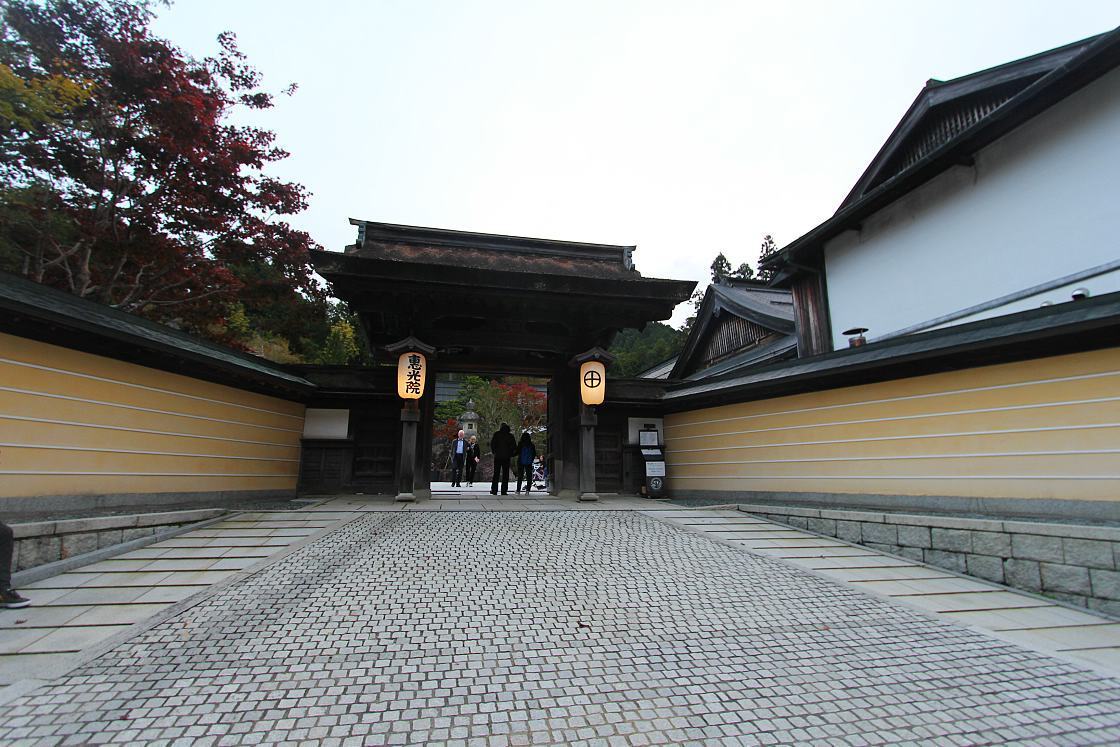
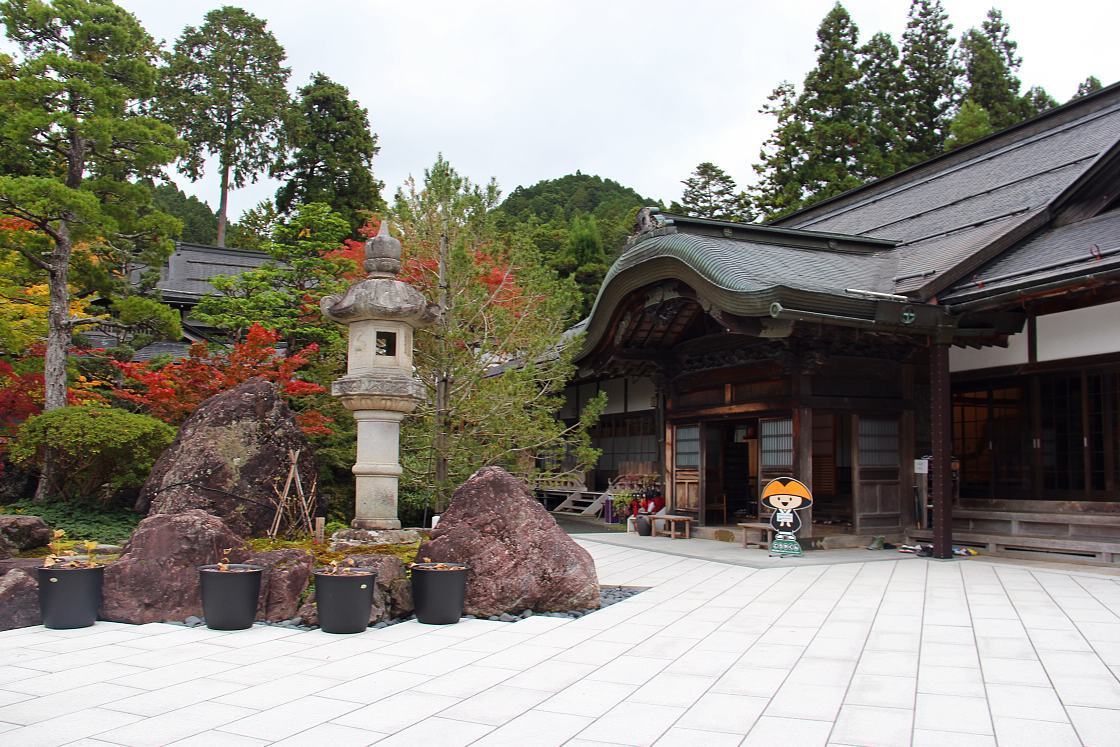
I was guided up to my room for the night and was pleased to find that it was very nice, with tasteful decor and windows offering picturesque views of the lush temple grounds outside. Temple stays typically consist of nice yet basic accommodation, in traditional Japanese tatami rooms and with shared amenities such as toilets and showers. Happy to have arrived here, I placed my bag down and got on with the first of the religious activities I was to experience during my stay, sutra copying.
For this, I was given a piece of paper with Buddhist sutras printed on it, and proceeded to copy the sutras from top to bottom. I found that the activity really forces one to relax, and expelled a lot of tension from my mind and body. An activity that I recommend for temple stayers, sutra copying can often be experienced as an unguided activity.
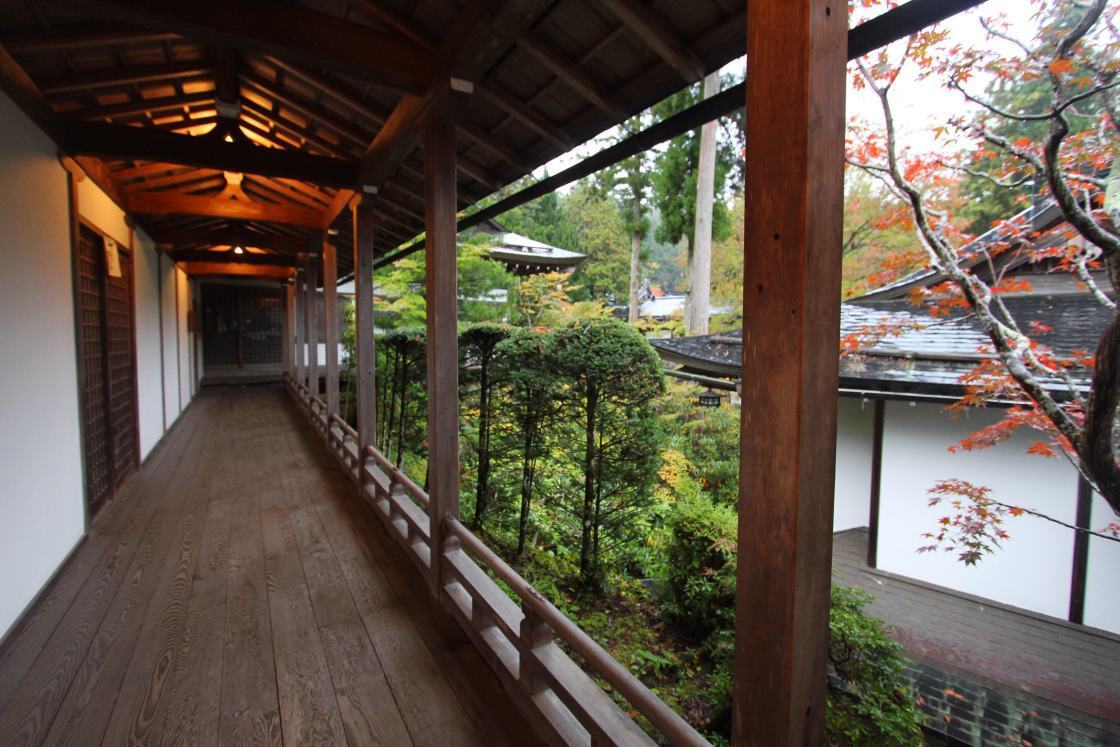
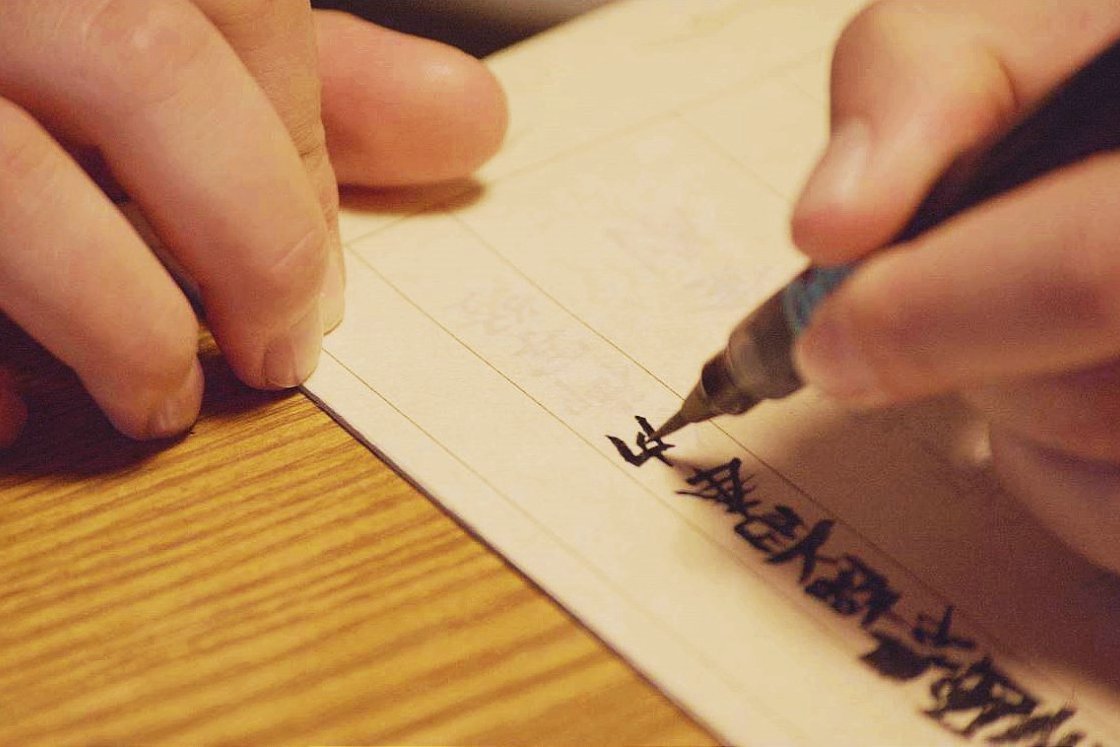
With my mind and body at ease, I left my room and set out through the temple's silent corridors to a hall at the back of the complex in order to partake in the next activity offered by the temple, guided meditation. For this, participants sit cross-legged (or however they can) as one of Ekoin's English-speaking monks gives instructions in the art of meditation.
This particular experience catered to all levels, with participants able to make it as easy or challenging for themselves as desired. The session taught me about the basics of meditation including breathing and focus techniques, and left me feeling spiritually refreshed and invigorated.
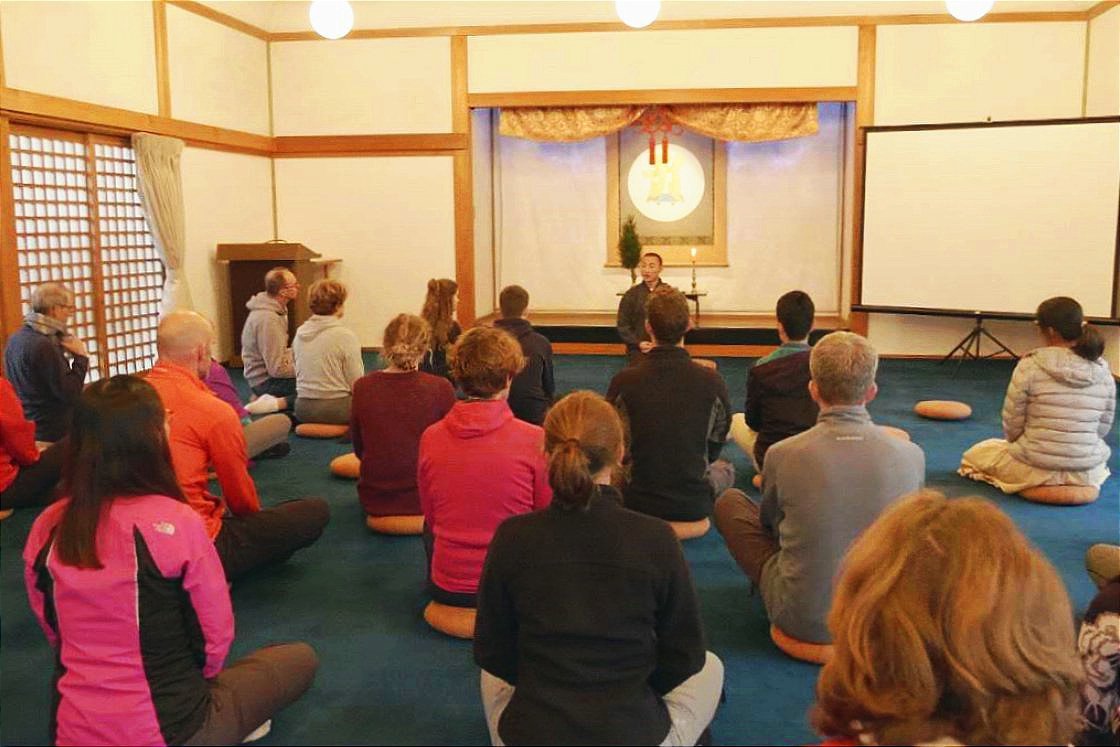

Back at my room the sun had now set and it was fast approaching dinner time. Following a gentle knock on the door, one of the temple monks entered bearing a tray of traditional Buddhist cuisine. The meal included tempura, nabe (Japanese hot pot), fruit and gomadofu (a tofu-like food made largely from sesame paste). The food was completely vegetarian and delicious. I took time to appreciate the delicate interplay of flavors in the food, and soon became full and exceedingly sleepy. With that, I retired to the comfort of my futon and drifted off into a deep sleep.
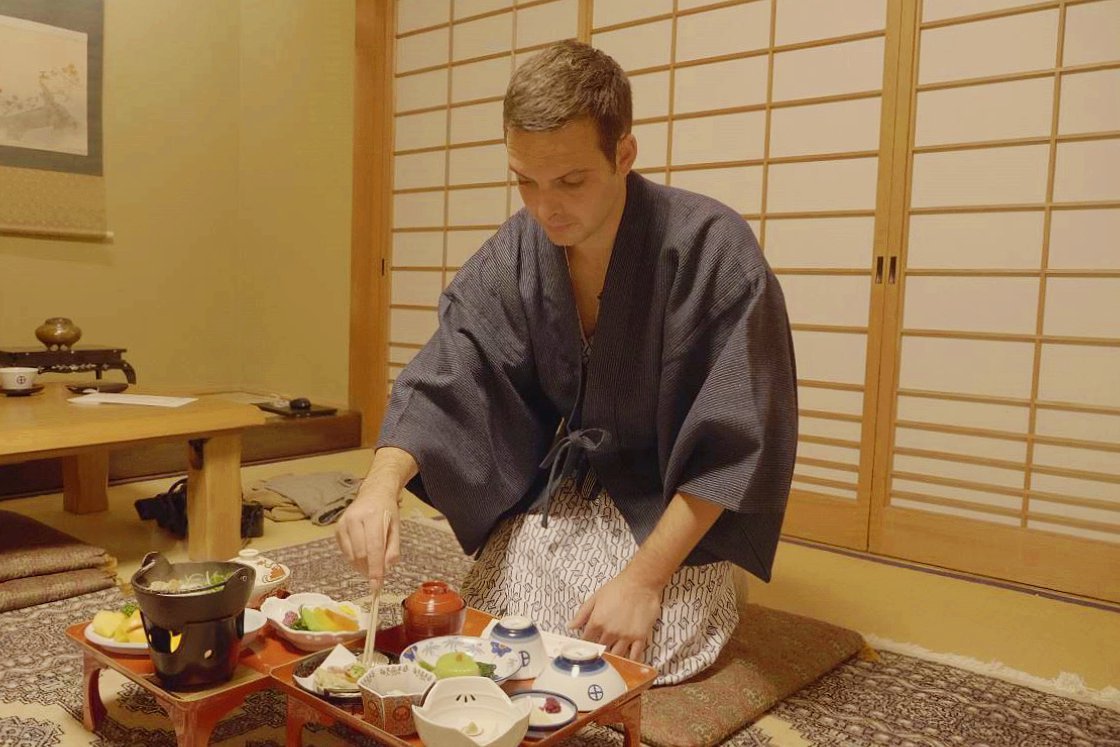
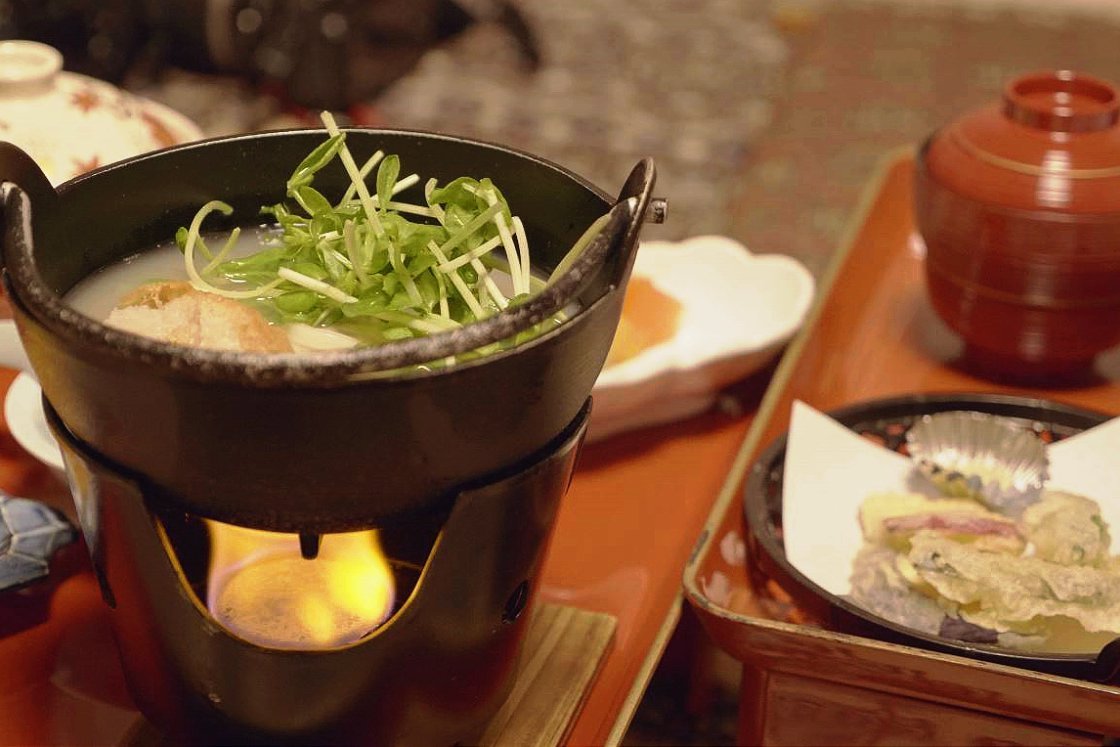
Day 2
The next morning I rose early to participate in the temple's morning rituals, which consist of a session of morning prayers ahead of the celebrated goma fire ritual. Morning prayers began in another hall in the rear of Ekoin's large complex, with observers sitting on the carpeted floor before a group of monks who chanted prayers and intermittently banged on percussive instruments. The atmosphere was magical and primed my fellow observers and myself for the highly-anticipated fire ritual, for which the congregation moved to a different, small hall at the front of the temple.
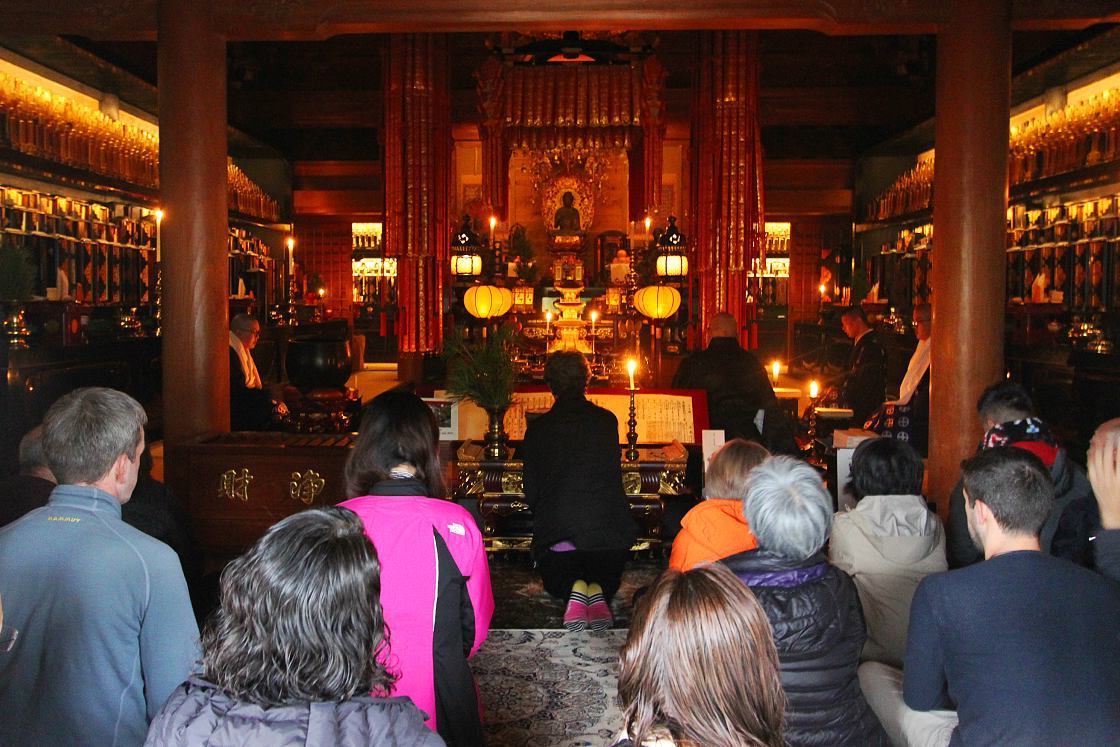
After all had found a vantage point in the small, dark hall, the proceedings for the goma fire ritual began. A monk sat in the center of the room and began to burn pieces of wood on which the wishes of participants were written, and simultaneously chanted prayers for blessings from the gods. As the flames danced higher and higher, the monk's chants intensified as another monk rhythmically and aggressively beat a taiko drum in the corner of the room.
The ritual was spectacular and very atmospheric, enabling myself, and I'm sure others, to feel a connection with the supernatural world as the fire burned. An event that I certainly would recommend not to miss, the goma fire ritual left me feeling inspired, invigorated and ready for breakfast.

I returned to the warmth of my room, and shortly after, breakfast was delivered by a couple of the temple monks, who sat my morning feast down in front of me. Breakfast consisted of typical traditional Japanese morning fare, including miso soup, salad, a pickled plum and, of course, rice. I washed the meal down with Japanese tea and began to prepare for my departure of Ekoin Temple.
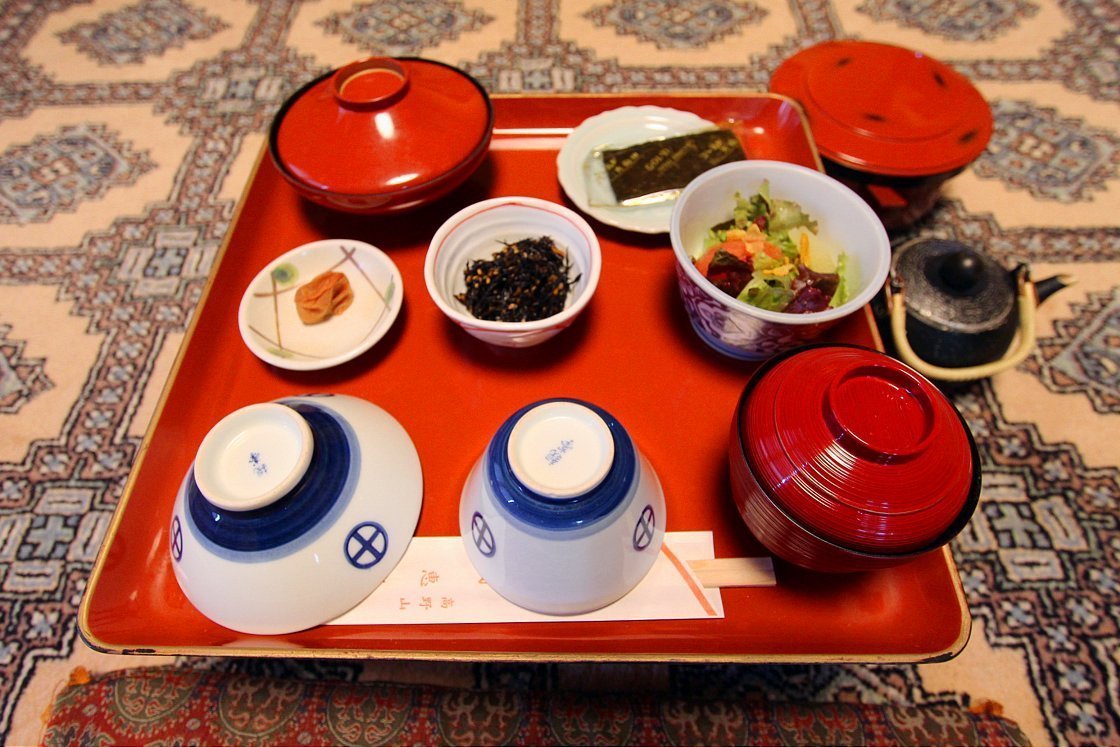
I checked out of Ekoin and made my way to the first stop of the second day of adventure, Kongobuji Temple. This temple serves as the head temple of Shingon Buddhism and boasts a string of interesting and alluring features that make it very popular with visitors to these parts.
After admiring the temple buildings from the courtyard, I entered the large complex and first came to the famous Ohiroma Room, an opulent traditional Japanese room covered in gold leaf with beautifully ornate fusuma (Japanese sliding doors) with intricate designs painted on them. The room left me in awe and excited to see more of this temple's delights.
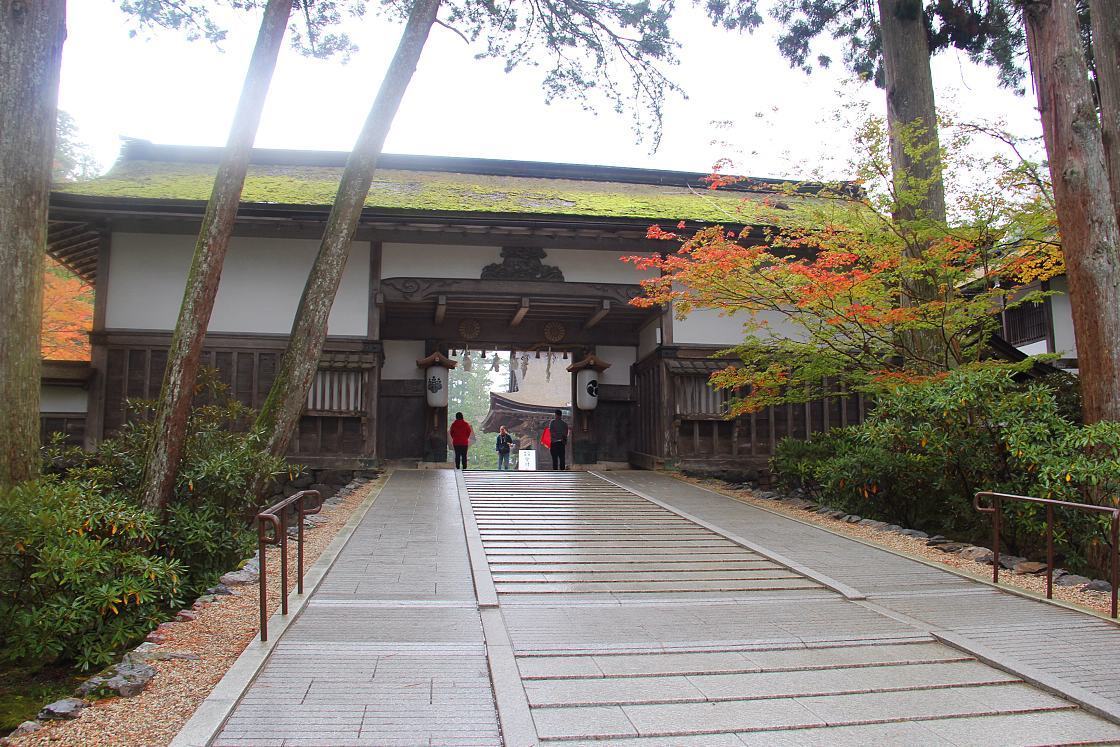

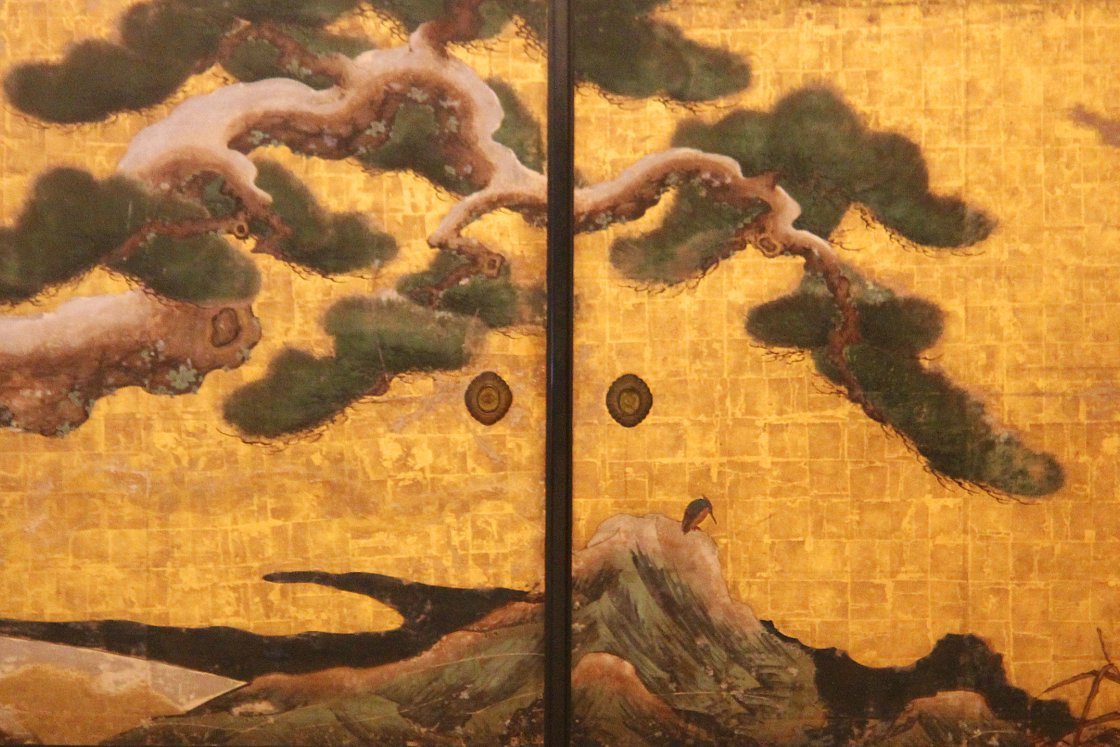
I navigated more of the temple's long corridors and next came to Banryutei rock garden, the largest rock garden in all of Japan. This garden affords visitors great views with its interesting rock formation intended to resemble two dragons breaking through a sea of clouds. It was relaxing to take a couple of minutes to just stand and take in the garden in all of its beauty and classic simplicity.
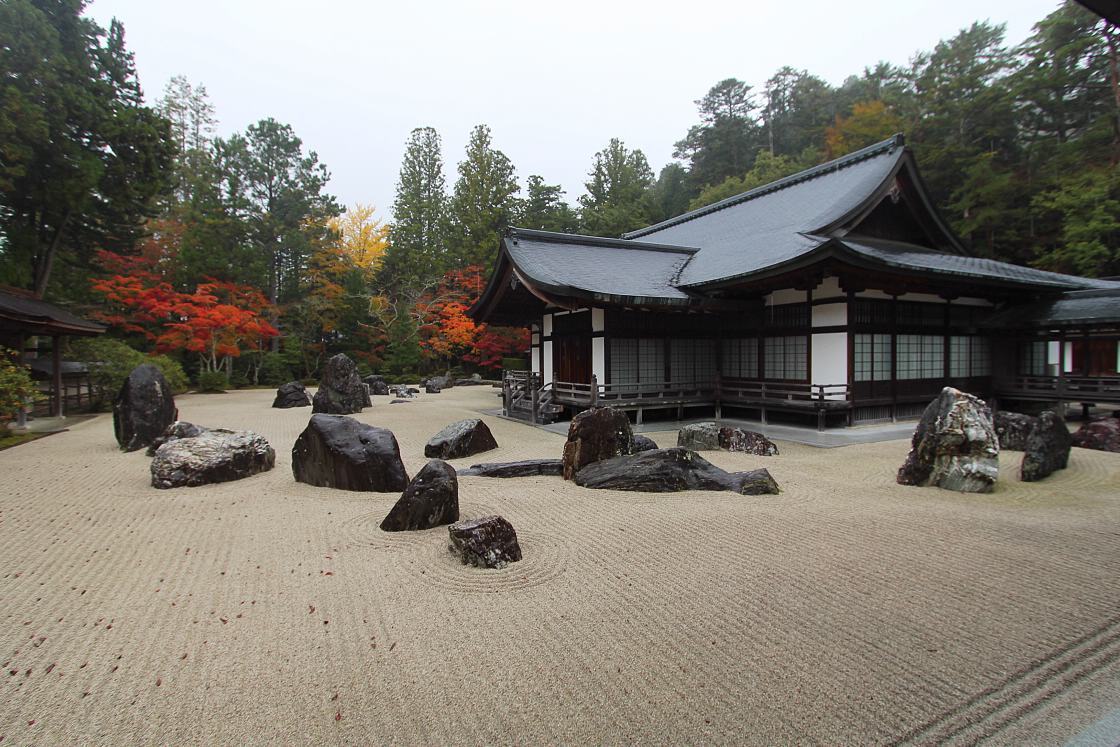
After exploring a little more of the temple, it was time to leave Kongobuji and make the short walk over to another of Mount Koya's most important religious sites, Garan. Legend has it that while studying as a seminarian in China, Kobo Daishi threw his sankosho (a double ended, three pronged Buddhist ceremonial tool) across the sea towards Japan. Later, when looking for a place to establish his new religion, he stumbled upon the tool he had thrown entangled in the branches of a tree, and at that spot began to build Garan.
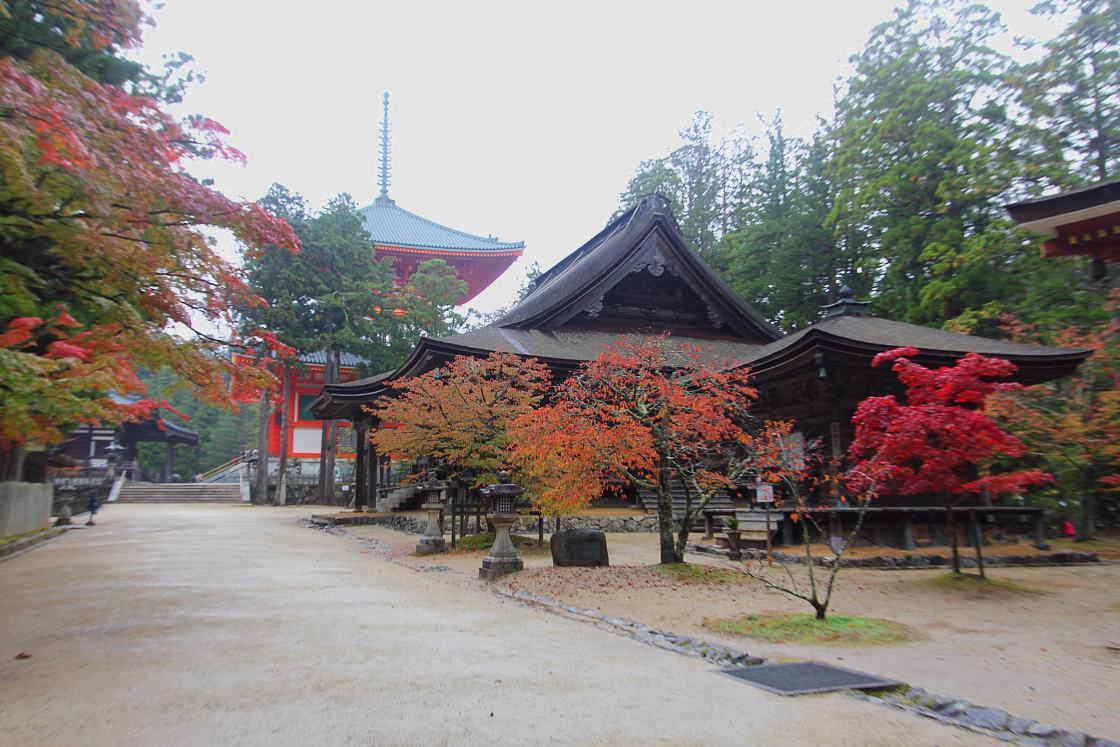
Today, this impressive temple boasts two stand out features, its Kondo Hall, a beautiful wooden building where important ceremonies are held, and the majestic and gargantuan Konpon Daito Pagoda. I thoroughly enjoyed walking around the complex, taking in these eye catching wonders.
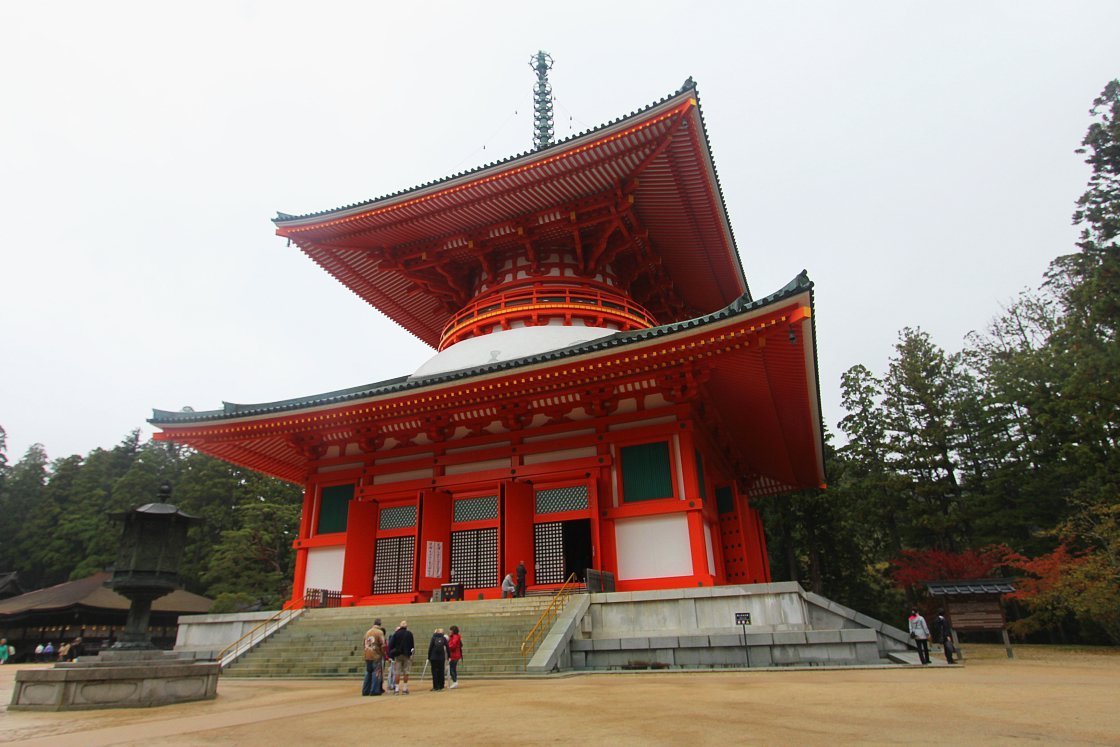
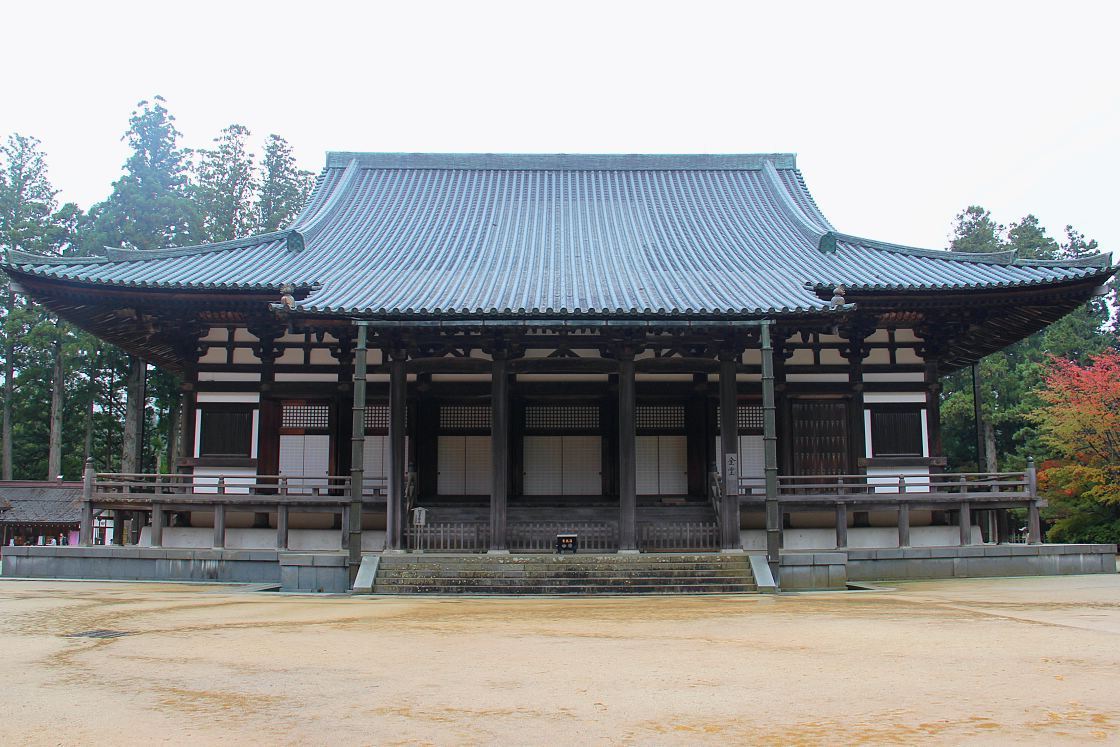
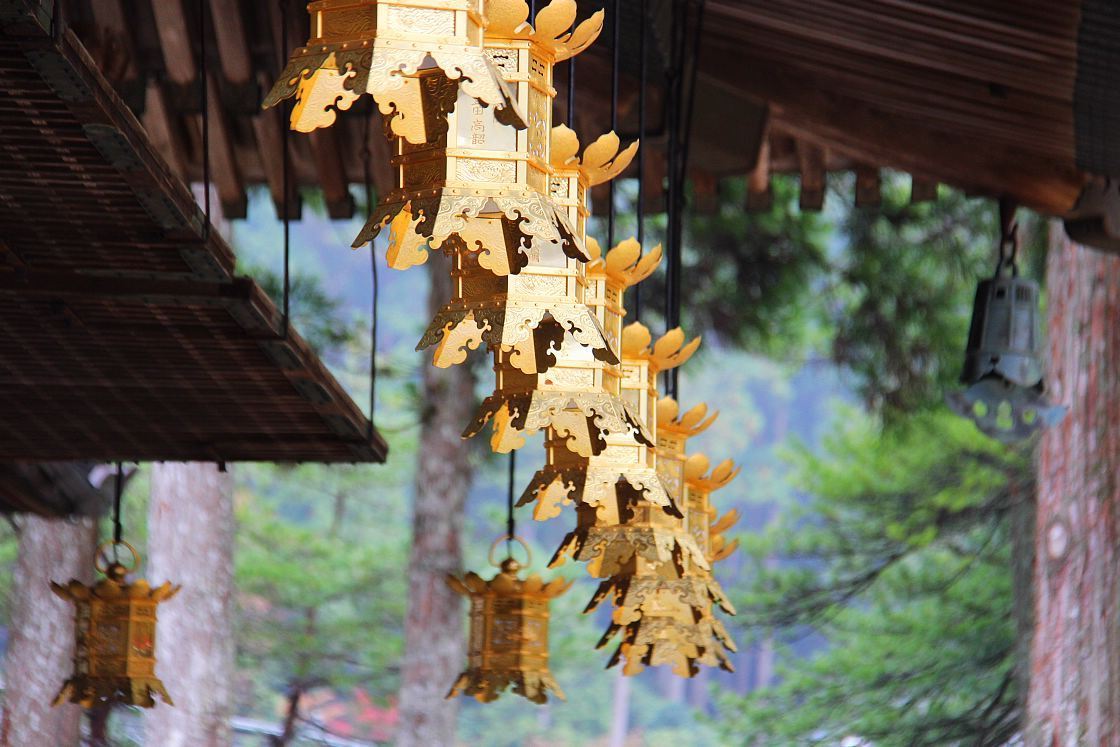
After Garan, I strolled further from the center of town to eventually arrive at the grand Daimon Gate. Not only does this imposing structure mark the traditional entrance to Koyasan, but it is also a point from where the Women Pilgrims Course can be accessed.
Prior to 1872, women were officially prohibited from entering Koyasan, and commonly made the journey along this Women Pilgrims Course that went around the perimeter of the town and connected seven Nyonindo, or "woman halls". Today the course makes for good hiking, and I was very much looking forward to making a journey along a section of the course as my final experience on Mount Koya.

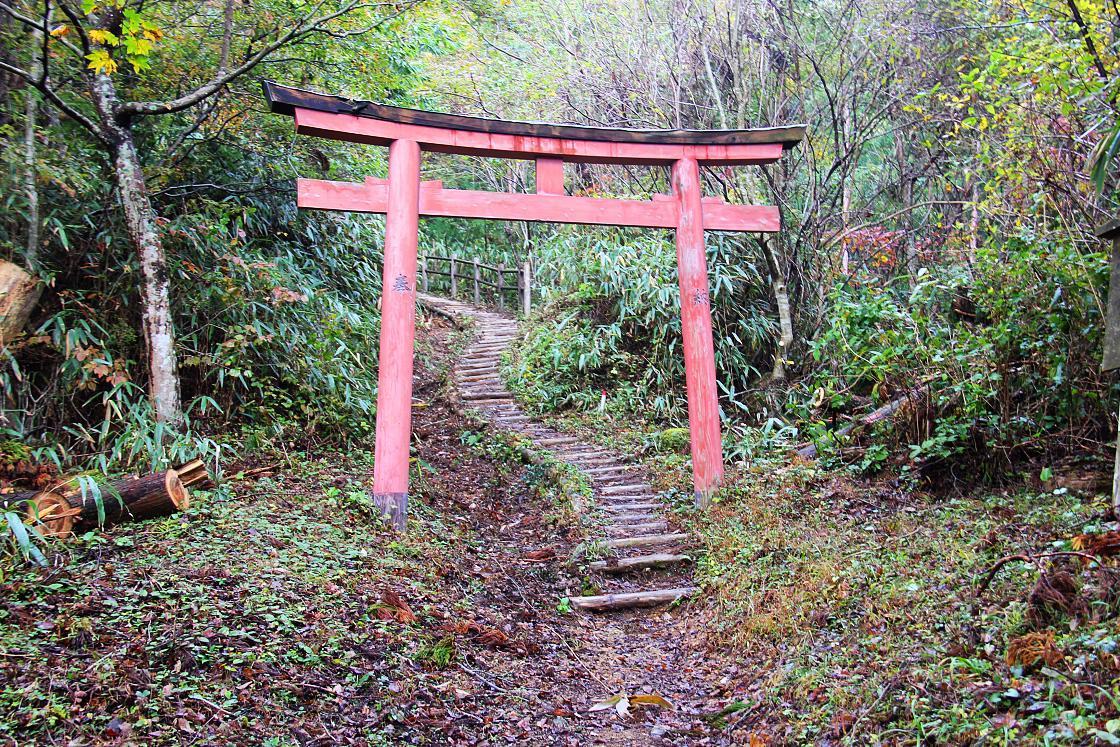

I began the hike, which climbs up to a crest which overlooks the town, before a winding descent leads down to the Nyonindo and bus stop from where a bus can be boarded to the cable car station. The course offers nice views of surroundings at certain points, not to mention passing a charming hilltop shrine, however the path is often uneven, and wearing proper footwear is recommended.
Around an hour after starting out at Daimon Gate, I triumphantly arrived at Nyonindo and took a couple of minutes to take in this structure's historical significance while getting my breath back. My time on this atmospheric mountain was now almost over, so I boarded the bus that would take me back to the cable car station and then began my descent of Mount Koya.

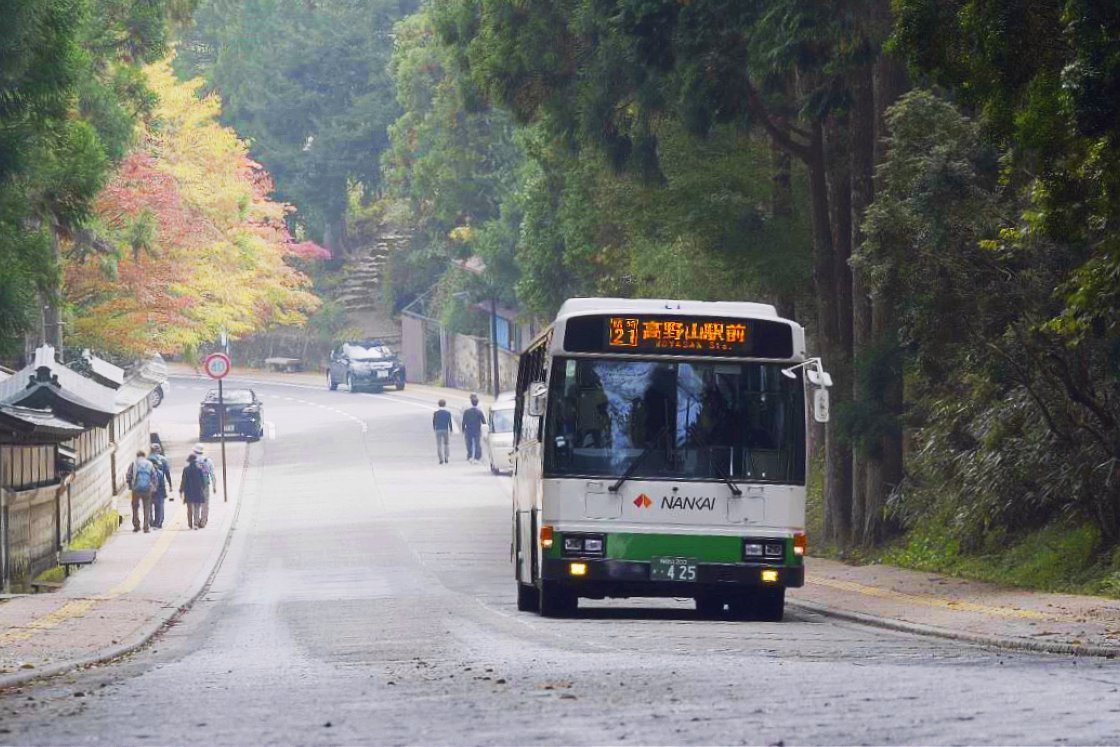
Access
There are a few direct limited express trains per day that connect Namba Station directly with Gokurakubashi (80 minutes, 1650 yen, 5 trains/day). Alternatively, take an express train on the Nankai Koya Line from central Osaka (Namba or Shin-Imamiya stations) to Hashimoto Station (50 minutes, 3-4 trains/hour), and then a local train to Gokurakubashi Station (40 minutes, 2-3 trains/hour). The entire one way journey takes around 90 minutes and costs 870 yen.
From Gokurakubashi Station take the Koyasan Cablecar up the mountain. The ascent takes five minutes and costs 390 yen, with buses at the top that connect to the town center.
The Koyasan World Heritage Ticket is valid for two consecutive days and provides holders with a round trip from Osaka to Mount Koya via the Nankai Koya Line and Koyasan Cablecar, plus unlimited travel on buses on Mount Koya and discounted entry fees to some of the mountain's attractions. There are two versions of the pass, the normal version which does not cover limited express trains (2860 yen), and the limited express version, which covers all trains including limited express trains (3400 yen). The pass can be purchased at most Nankai stations and travel agencies in the Osaka area.
